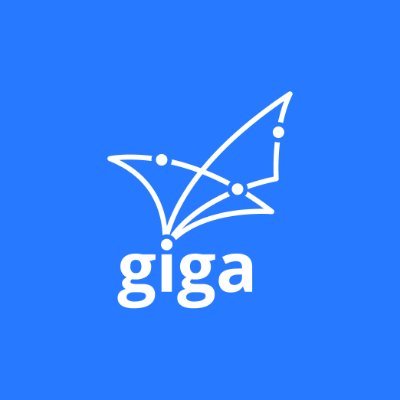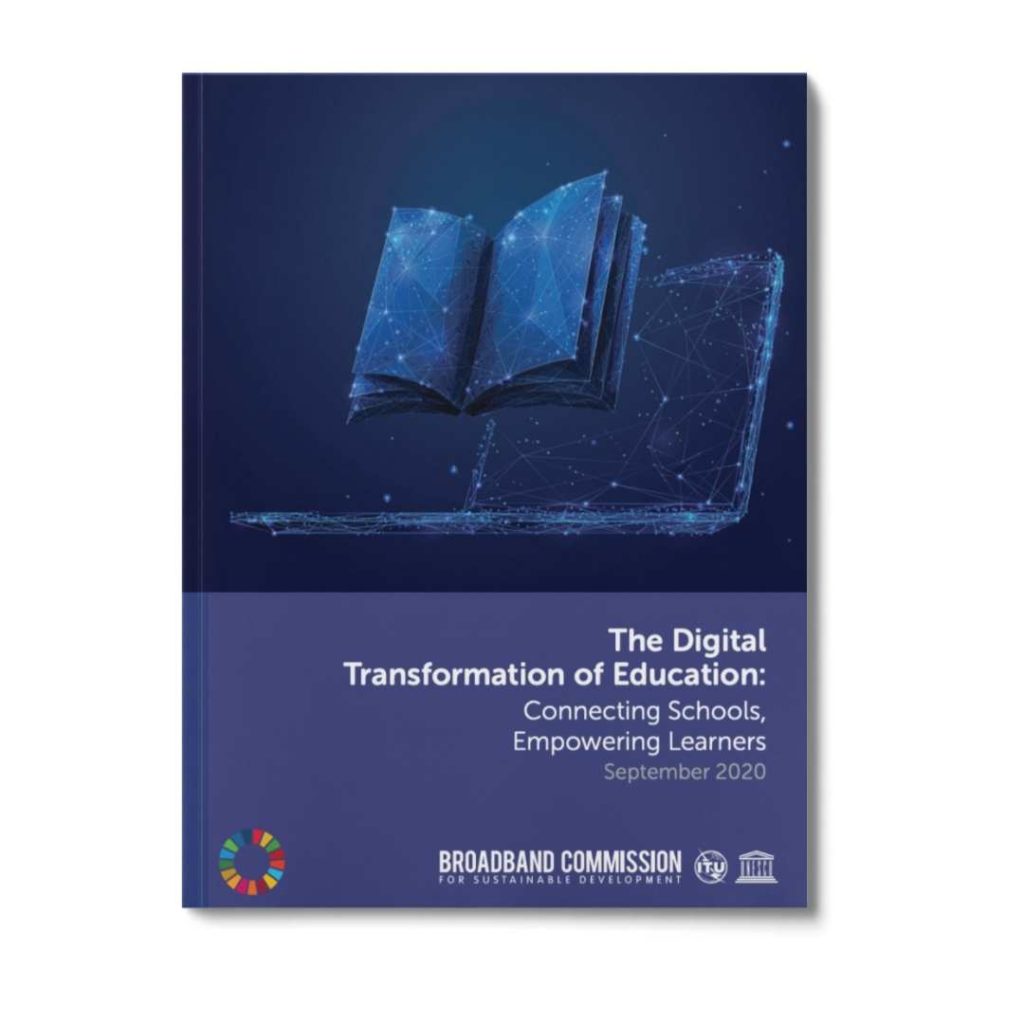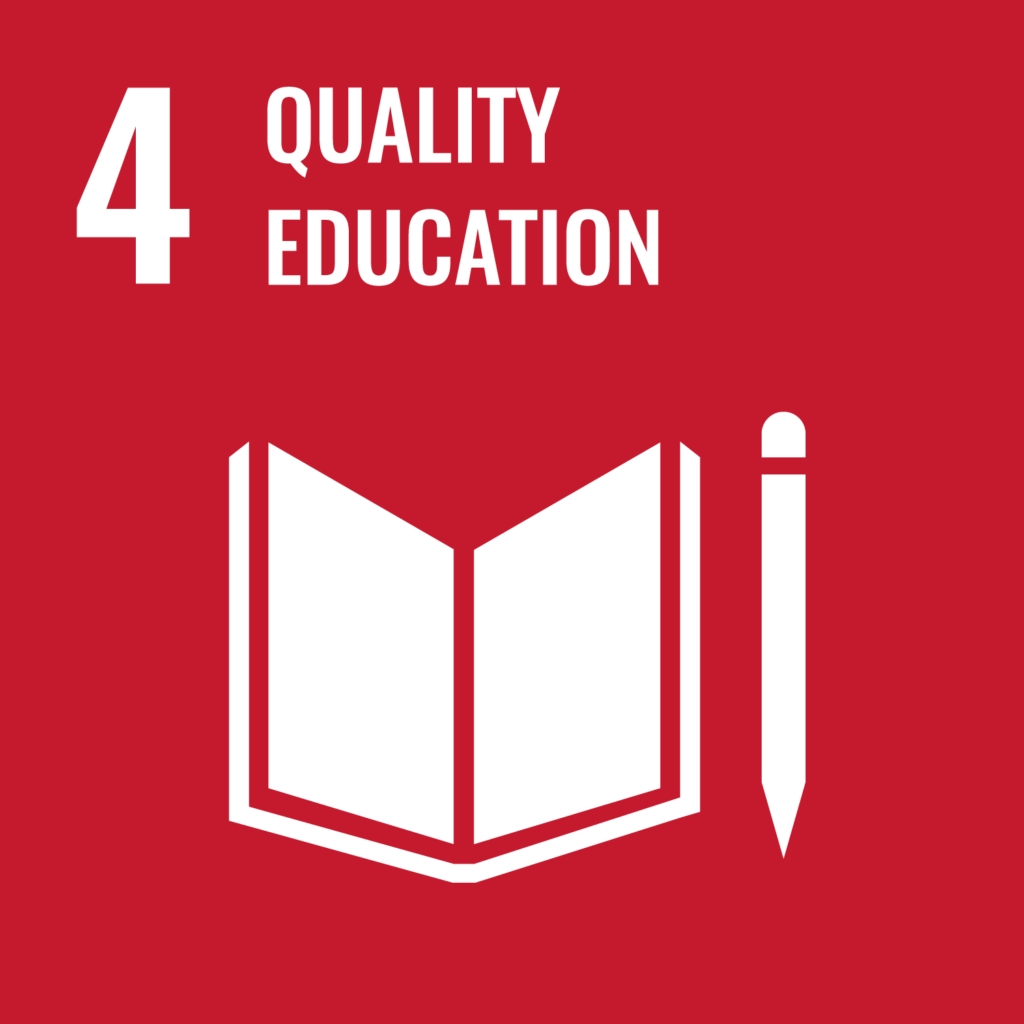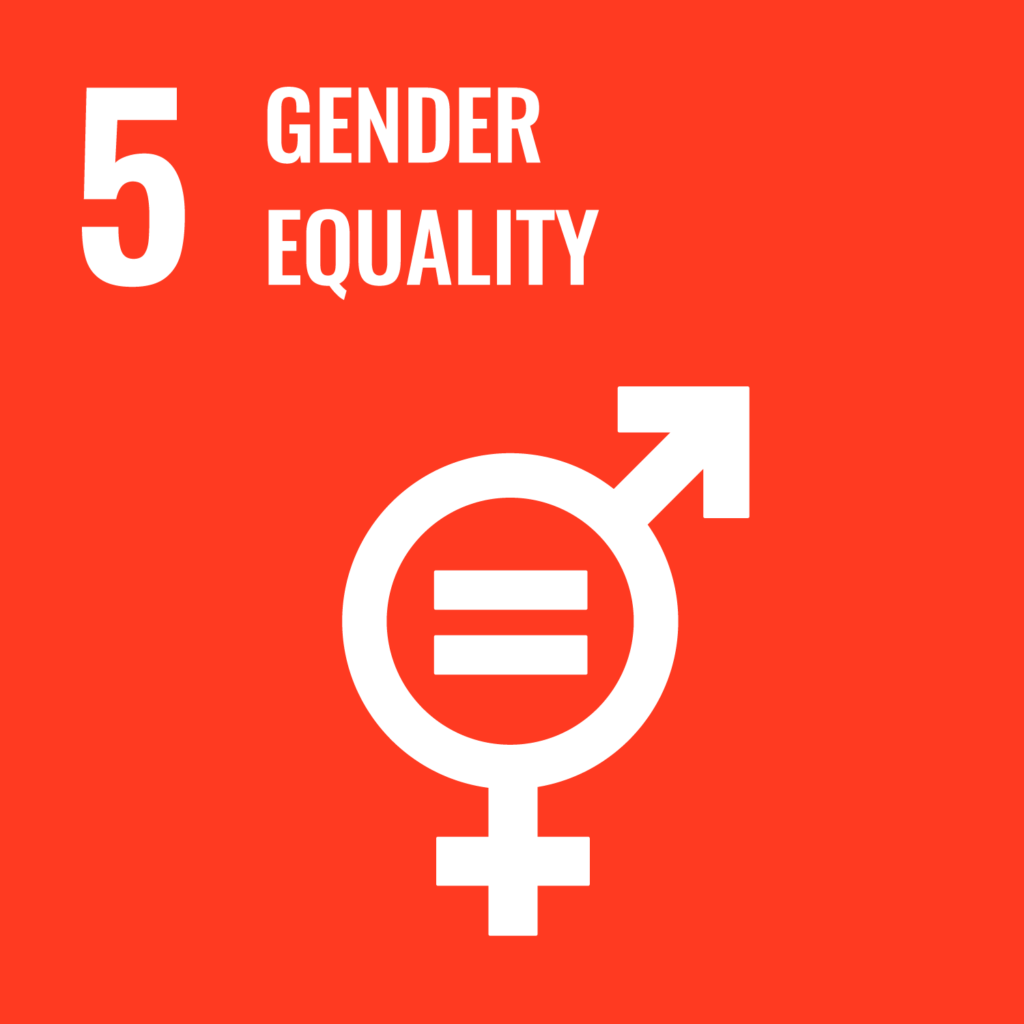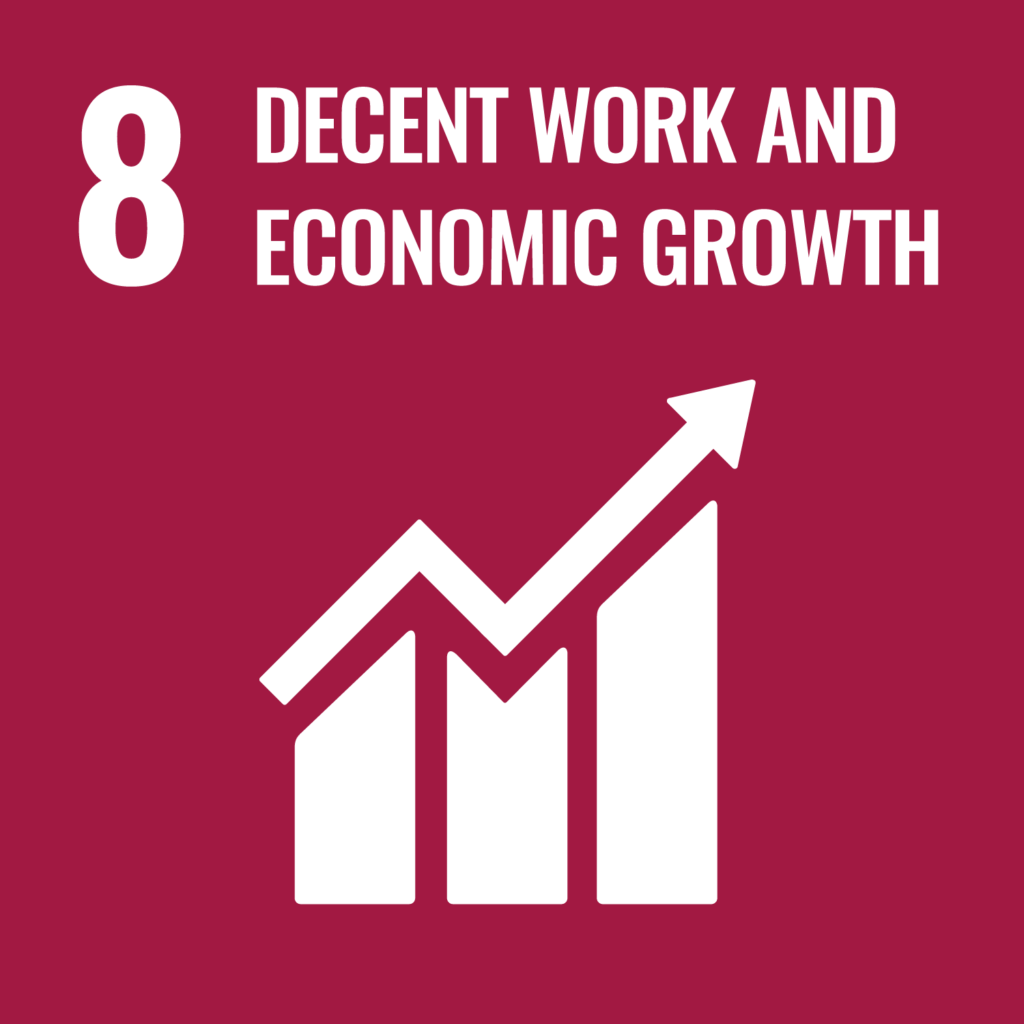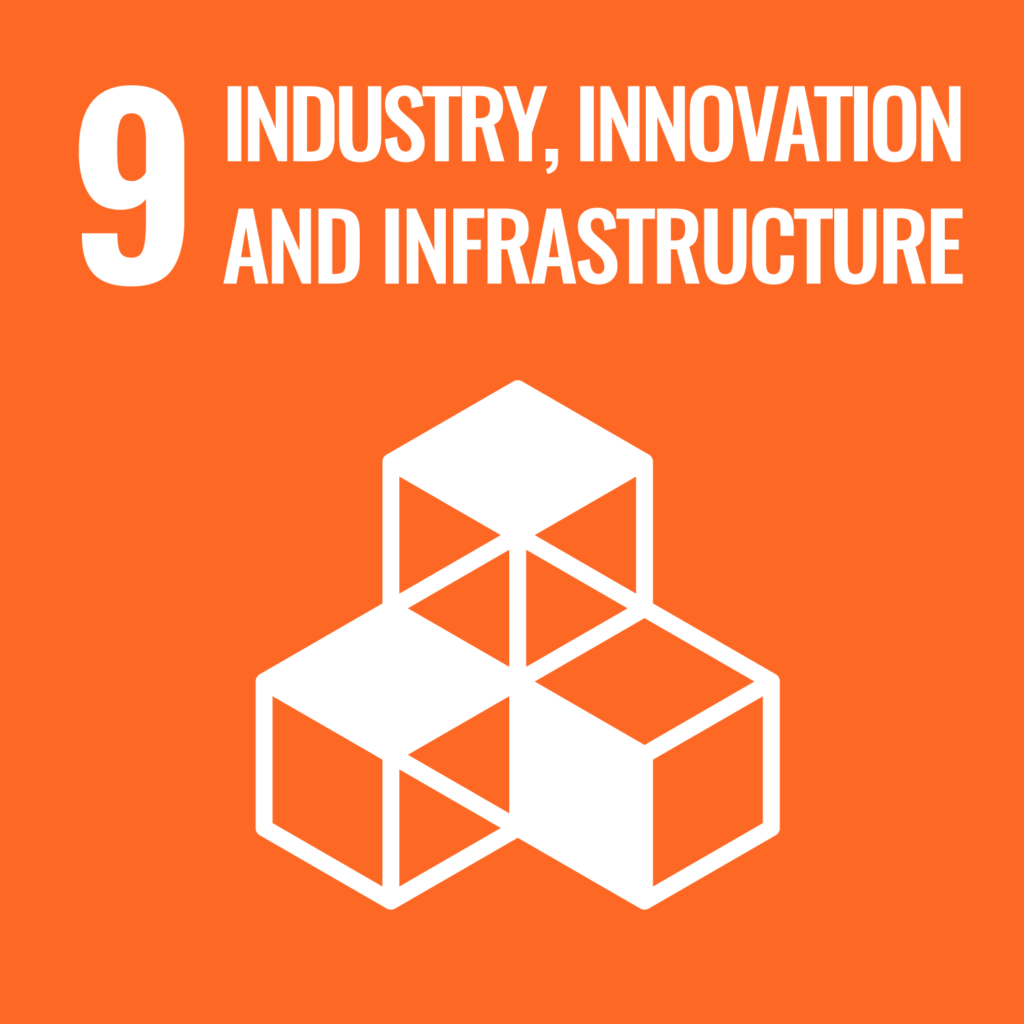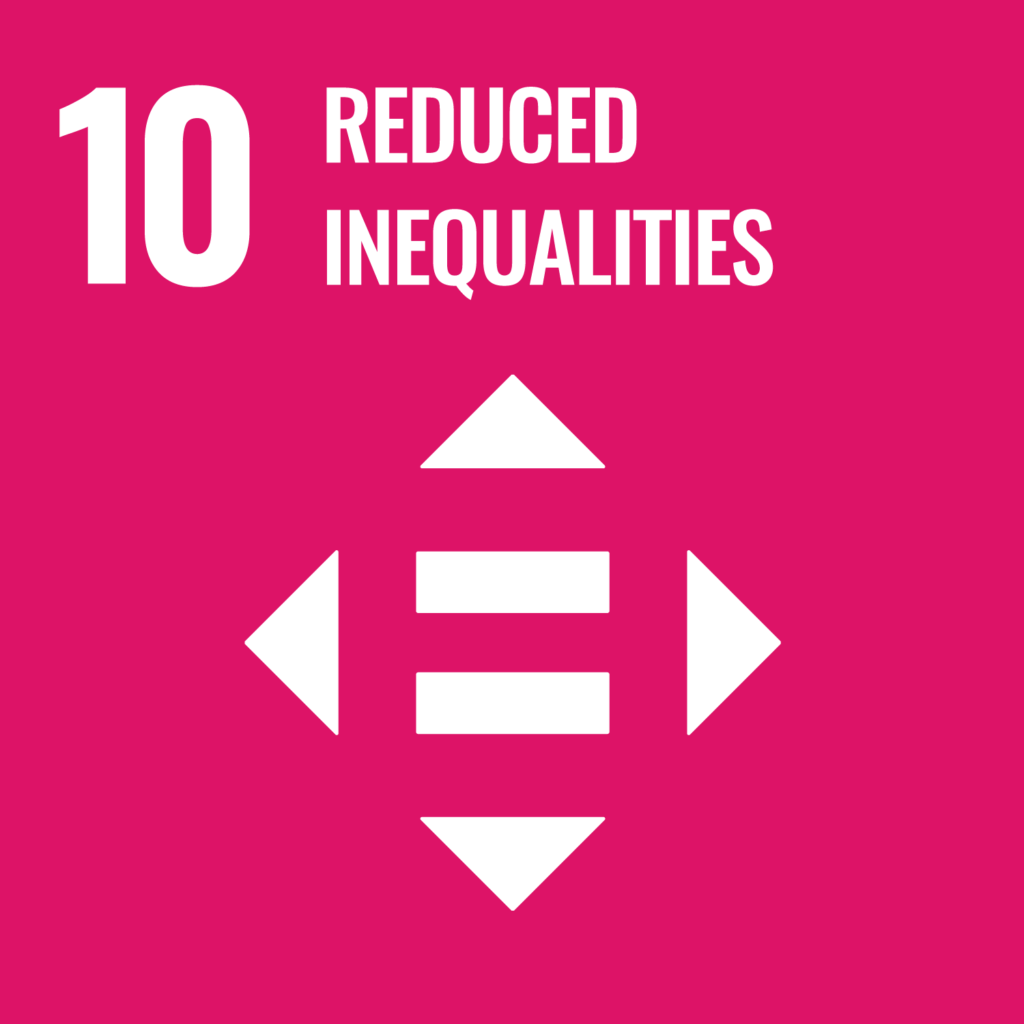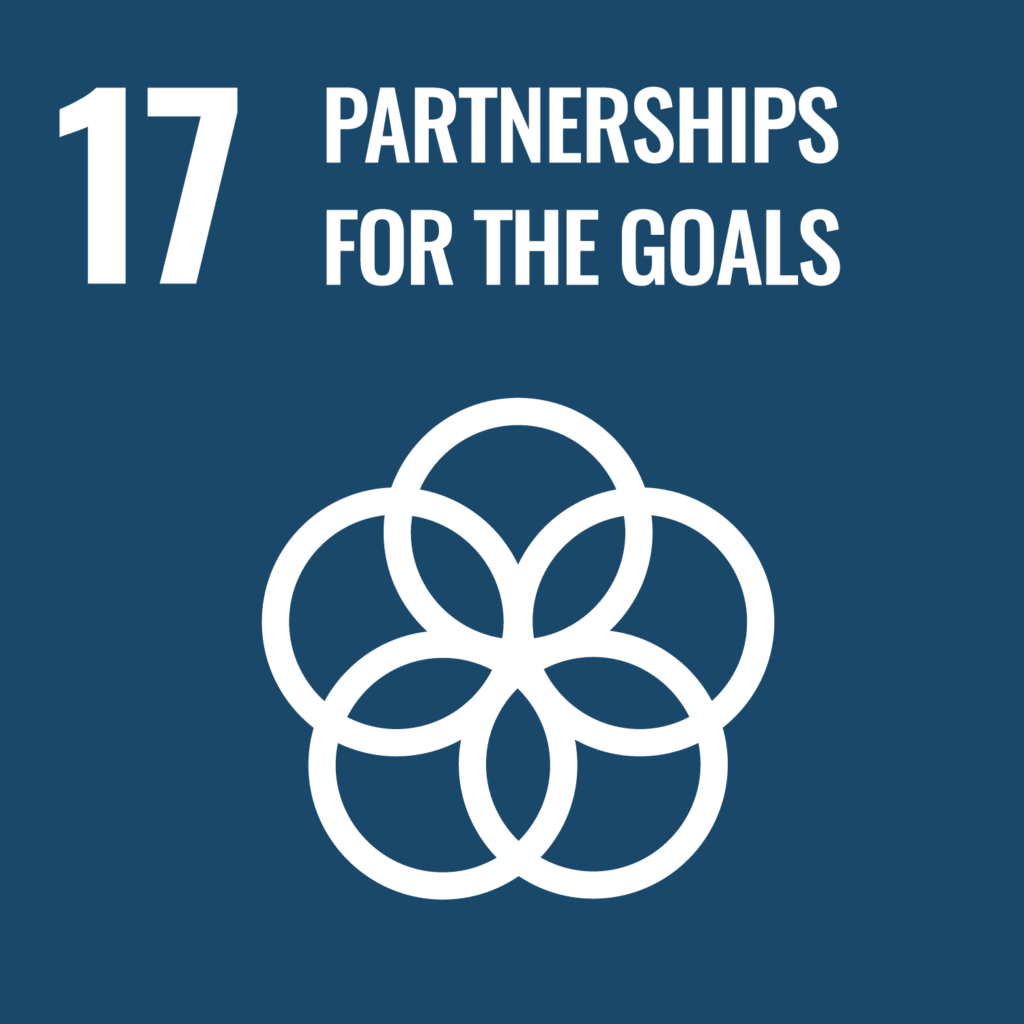The Internet and broadband connectivity have an enormous potential to bridge education divides.
By increasing access to information and educational resources, broadband connectivity helps equip learners with many of the skills they need to thrive in the digital era. However, this is only possible if people know how to leverage those technologies and do so in a safe and protective manner.
The Broadband Commission Working Group on School Connectivity was organized to address the need to strengthen school connectivity plans and invest in quality learning. Co-chaired by the Secretary General of the ITU, Mr. Houlin Zhao, the Director-General of UNESCO, Ms. Audrey Azoulay, and the Executive Director of UNICEF, Ms. Henrietta Fore, the Working Group’s 2020 report identifies a set of core principles which aim to help governments and other interested stakeholders to develop more holistic school connectivity plans.
Moreover, the Working Group was instrumental in the development of two global initiatives aimed at connecting schools to the Internet: Giga and UNESCO’s E-schools Initiative.
Setting the Stage
Background Overview
How the COVID-19 pandemic forced the digital transformation of education
The pandemic has exposed deep systemic failures in entire education systems, even in those places where connectivity and access to online learning is more or less granted. In 2020, 53 per cent of children in low and middle-income countries could not read and understand a basic text at age 10. Increasing connectivity alone will not help in the ultimate goal of granting universal access to better and higher quality education.
- Quality learning requires a comprehensive approach that goes beyond connectivity, and that includes safe and friendly environments, qualified and motivated teachers, and content that is relevant and that provides all children with the appropriate skills for thriving in society and for making an impact to their communities.
Why connecting schools and learners is of utmost importance now
Education is at a global state of emergency, and the sudden transformation it is undergoing has fortunately brought much needed attention to this sector making it more relevant than it was before revealed key opportunities and conditions for increasing school connectivity.
- Financing: New global financing instruments are now more sophisticated and can be better applied to school connectivity when having access to the right data
- Technology: Connectivity technology advancements now make identifying schools and building coverage easier.
- Accountability: New ways are emerging for monitoring progress, increasing transparency, and ensuring service continuity.
- Focus: Concentrating on “schools” as an entry point for investment increases the chances to bring connectivity investments into target communities.
- Awareness: The pandemic helped the education sector by shedding much needed light to the issue of school connectivity and the importance of using schools as gateways to empower communities.
The Way Forward
Working Group Outcomes and Recommendations
The Working Group provided advice for the development of two global initiatives aimed at connecting schools to the Internet:
Giga, a joint initiative between ITU and UNICEF to connect every school to the Internet and every young person to information, opportunity, and choice
UNESCO’s e-schools Initiative, which seeks to ensure the value for learning of connectivity and to align infrastructure investment with education sector plans and ICT in education policies.
This has led to the recognition of the Giga Initiative in the UN Secretary General’s Roadmap for Digital Cooperation as a ‘Key Way Forward’ in developing regional infrastructure and accelerating digital connectivity. It has also contributed to the work and initiatives of the Global Education Coalition launched by UNESCO in 2020 to support the continuity of learning during the COVID-19 pandemic and beyond.
The Working Group’s outcome report: The Digital Transformation of Education: Connecting Schools, Empowered Learners introduced a methodology and framework for connecting primary and secondary schools to the Internet based on a four pillars approach: map schools, connect schools, finance school connectivity and empower learners.
It also introduced specific case studies to highlight global learning practices that address core principles across each pillar, which aim to help governments and other interested stakeholders develop more holistic school connectivity plans.
The Working Group Model
Composition and Activities

Ms. Audrey Azoulay
Director General, UNESCO, Co-Vice Chair of the Broadband Commission
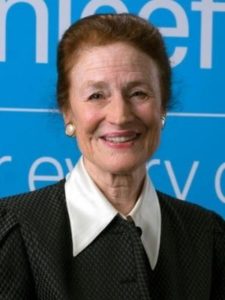
Ms. Henreitta Fore
Executive Director, UNICEF
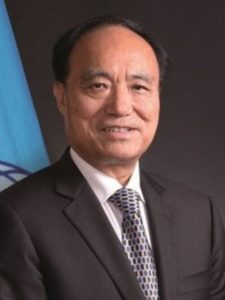
Mr. Houlin Zhao
Secretary General, ITU, Co-Vice Chair of the Broadband Commission
- Dr. Ann Aerts, The Novartis Foundation
- Piotr Dmochowski-Lipski, EUTELSAT IGO
- Amir Dossal, Global Partnerships Forum
- Erik Ekudden, Ericsson
- Henrietta Fore, UNICEF
- Makhtar Diop, The World Bank
- Mats Granryd, GSMA
- KT Corporation
- Dr. Carlos Jarque, Americal Movíl
- Dato’ Ir. Lee Yee Cheong, ISTIC
- Kevin Martin, Facebook
- Patrick Masambu, ITSO
- Paul Mitchell, Microsoft
- Denis O’Brien, Digicel
- Rupert Pearce, Inmarsat
- Dr. Joanna Rubinstein, World Childhood Foundation
- Jeffrey Sachs, Columbia University
- Rob Shuter, MTN
- Stephen Spengler, Intelsat
- Hans Vestberg, Verizon
- Mukhisa Kituyi, UNCTAD
- Sun Yafang, Huawei
- Filippo Grandi, UNHCR
- Andrew Sullivan, ISOC
- Adrian Lovett, Worldwide Web Foundation
- Rwanda
- Pekka Lundmark, Nokia
- Bill Tai, ACTAI Global
- Vera Songwe, ECA
- Pavel Koktyshev, Institute for Development and Economic Affairs, Kazhakstan
- Liv Marte Nordhaug, Norad
- David Sengeh, Directorate of Science, Technology and Innovation, Sierra Leone
- Naza Alakija, SAGE
- Philip Thigo, Office of the Deputy President of Kenya,
- Rose Mosero Maina, Cabinet Secretary, Kenya
- Catherine Lenson, SoftBank
- Antonio Garcia Zaballos, IADB
- Christopher Yoo, University of Pennslyvania
- Tim Unwin, Royal Holloway, University of London
- Mohan Vivekanandan, DBSA
- Andile Ngcaba, Convergence Partners
- Mei Lin Fung, People Centered Internet
- Lauren Woodman, NetHope
- Amer Baig, Blue Like An Orange Sustainable Capital
- Ellis Rubinstein, The New York Academy of Science
- Sampath Veeraghaven, IEEE
- Alexandre Barbosa, Regional Center for studies on the Development of the Information Society
- Enrique Hinostroza, Instituto de Informática Educativa
- Lucia Dellagnelo, Center for Innovation in Brazilian Education
- Mike Lawrence, PowerSchool Group
- Mutlu Cukurova, University College London
- Shafika Isaacs, University of Johannesburg
- Shyamal Majumdar, UNESCO-UNEVOC
- Tarek Chehidi, Teach for All
- Florence Ripani, Fundación CEIBAL
- Kathleen Siminyu Artificial Intelligence Development
- Whitney Lohmeyer, Olin College of Engineering; Mangata Networks
- Carol O’ Donnell, Smithsonian Science Education Center
- David Jasmin, LAMAP Foundation
- Mr Ibrahima Guimba Saido, Minister Special Advisor to the President, Niger
- David Kelly, Executive Office of the UN Secretary-General
- Monica Jan, Virgin Orbit
- Laura Walker McDonald, DIAL
- Turhan Muluk, Telecom Policy Director & ITU-D Representative, INTEL; John Roman, Global Broadband Policy Director, INTEL
- Marija Manojlovic, Global Partnership to End Violence Against Children
- Angelina Fisher NYU
- Vishal Mathur, Telecom Infra Project (TIP)
- Amy Alvarez, AT&T
The Group was launched during the Broadband Commission Annual Fall Meeting in New York, 21-22 September 2019 with the goal of advising on challenges and opportunities related to connecting schools around the world including: technologies, business models, funding mechanisms, articulating the link to quality and inclusive learning, ensuring schools provide the right skills for employability, and ensuring every young person has access to information, opportunity, and choice.
The Group will hold in-person meetings at: Davos 2020, MWC 2020, WSIS 2020
Press
1. Kazakhstan to lead global school connectivity initiative in Central Asia
2. Mapping schools worldwide to bring Internet connectivity: the ‘GIGA’ initiative gets going
3. OECS to implement school connectivity initiative towards digital education vision
4. UNICEF And ITU’s Giga Initiative Aims To Connect The World’s Schools To The Internet
Focus Area
Outcome Resources
Co-Chairs
Ms. Audrey Azoulay Director General, UNESCO, Co-Vice Chair of the Broadband Commission &Ms. Henrietta ForeExecutive Director, UNICEF&Mr. Houlin Zhao
Secretary General, ITU, Co-Vice Chair of the Broadband Commission
Broadband Advocacy Targets
SDGs

